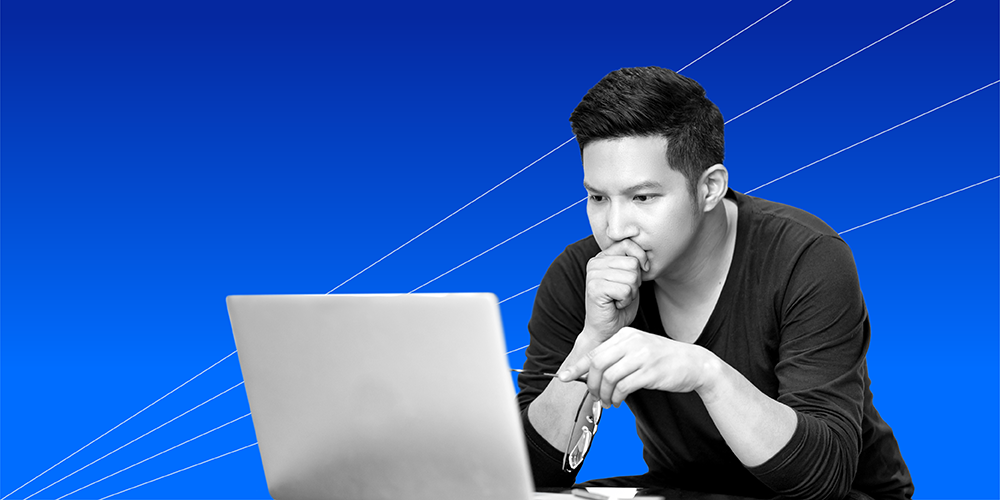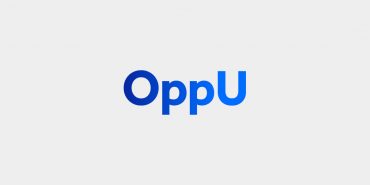Financial Literacy 101

Personal finance is hard. We get it. It’s complicated and overwhelming.
But it doesn’t have to be.
Using our standards-aligned financial literacy curriculum as a guide, we put together a list of core concepts and skills that form the foundation of personal finance.
Call it financial literacy 101. Call it financial literacy fundamentals. These are the essential personal finance lessons you need to identify negative money habits, implement better ones, and start living a financial life aligned with your goals.
Spending
The golden rule with finances is to spend less than you make. The hard part is putting that into practice.
Lesson 1: Money In, Money Out
Identifying income and expenses
Write down all the places where you got your money. This might include paychecks from work, odd jobs, and monetary gifts. Then, write down all of your expenses. Focus on a single month to make the task manageable.
Categorizing expenses
After you list your expenses, organize them into broad categories. Examples might be “food,” “housing,” or “entertainment.” These categories will form the basis of your budget.
Lesson 2: Spend Less Than You Make
Reducing expenses
Bringing spending in line with income is critical for financial health—if you spend more than you make, at some point you’re going to get yourself into trouble.
“Wants” and “needs”
The best way to reduce spending is to focus on non-essential expenses. These expenses are called “wants,” and they’re different from “needs” such as housing and food. “Want” expenses are luxuries and should be targeted if your total expenses exceed your income.
Budgeting and Saving
Budgeting is all about—you guessed it—creating a budget and sticking to it. Use it to commit to a savings goal and balance your income and expenses.
Lesson 3: How to Create a Budget
How to create a budget
To create a budget, assign every dollar of income to one of your categories of expense. Give yourself a certain amount for housing, for food, and all other “needs.” Be sure to create an expense category for savings and commit to directing a certain amount of income toward it each month. With any money that’s left over, give yourself funds for “want” purchases.
Budgets are a tool to improve spending patterns
Use your budget to make positive financial changes. Create a budget that will build your savings and balance your expenses and income. Stick to it.
Lesson 4: How to Save
How to find money to save
While it might seem difficult to set aside money to save when you have expenses piling up, there are tricks to reducing expenses. Review all of your “want” expenses and look for areas to make cuts.
How to allocate money to a savings fund
The “pay yourself first” method will help you direct money toward savings. Do this by thinking of your savings as another necessity in your list of expenses. When you create your monthly budget, allocate money for savings just like you would allocate money for housing or food.
How to set financial goals
Choose concrete savings goals and include them in your budget. Perhaps you want to travel. Set aside money for a trip. Be sure to include goals that advance your financial health such as creating an emergency fund.
Credit
Credit means buying something now and paying for it later. Responsible use of credit can allow you to make important purchases such as buying a home or paying for an education. Irresponsible use of credit can create unmanageable debt.
Lesson 5: What is Credit?
Credit can be used as a financial tool
Credit allows you to purchase items that you otherwise wouldn’t be able to afford. For instance, the cost of a house or a car is outside the financial means of most people. But using credit in the form of a loan allows you to make the purchase and pay for it over time.
Credit comes in many forms
There are many different forms of credit. Mortgages, personal loans, and credit cards are all different kinds of credit.
Ways to compare the cost of credit
The use of credit is rarely (if ever) free—essentially you’re paying a lender to use their money. The best way to compare the cost of credit is to look at the effective interest rate, which is usually listed as an annual percentage rate, or APR. If other costs such as fees and customer charges are equal, the APR will provide an apples-to-apples comparison.
Lesson 6: Credit Reports and Credit Scores
What credit reports contain
A credit report contains four sections: personal information, a summary of your financial accounts, a history of credit checks, and public records such as bankruptcies and liens. You can request a free copy of your credit report at www.annualcreditreport.com.
How credit reports and credit scores are used to determine creditworthiness
Your credit score represents how likely you are to default on debt. To generate your score, the three credit bureaus use factors from your credit report and assign a number between 300 and 850 that reflects your creditworthiness.
How negative information in a credit report can affect financial options
The higher your score, the more likely you are to be approved for credit and receive low interest rates. If your credit score is low, you may have difficulty obtaining credit and will likely face higher interest rates if you do.
Lesson 7: How to Improve Your Credit
How to improve credit
The best way to boost your credit score is to consistently pay your bills on time. It takes time to create a strong history of on-time payments, and for this reason, it often takes time to improve your credit. Keep in mind that not all bill payments are reported to the credit bureaus. Utility companies, for instance, often don’t report your payments, but credit card companies almost always do. Payments must be reported to the credit bureaus to have an impact on your credit.
Lesson 8: Credit Cards and Debit Cards
How credit and debit cards work
Credit and debit cards allow you to make purchases. A debit card automatically withdraws funds from your checking account. A credit card uses a purchase-now-and-pay-later system. Each month you’ll be sent a bill for credit purchases. To avoid fees and interest, pay this off in full.
When to use a credit card or a debit card
A debit card is a great way to practice using a bank account with little risk until you’ve mastered managing your money. However, debit doesn’t offer as many perks and requires immediate payment. Credit cards allow you to buy something now and pay for it later, but come with a higher risk of getting into debt. Only use it to buy things that are in your budget.
The advantages and disadvantages that both offer
Debit cards are typically free when you open a checking account at a major bank. Other than overdraft fees, you’re unlikely to drain your account and won’t risk debt. Credit cards are more flexible, allowing you to start building your credit report and score, but can rack up debt.
Debt and Loans
Sometimes the cost of taking on debt and taking out loans is a good investment. Think of a student loan that allows you to fund an education with the hopes of receiving a better-paying job.
Lesson 9: What is Debt?
What is debt?
By using credit or a loan, you’ll receive a good or service now, but pay for it over time. Debt is the portion of money that hasn’t been paid yet.
The risks of debt
When you borrow more than you can repay, you risk excessive debt. An indicator of excessive debt is if you can’t make the minimum payments on your debts. A change in financial situations can impact repayment, resulting in repossession, garnished wages, negative credit, and increased interest rates.
When is debt good or bad?
Decide on whether debt is good or bad by how it impacts your net worth—the difference between what you own and owe. Good debt, like a student loan, will increase your salary and lead to a larger net worth. Bad debt, like excessive spending on luxury items, reduces your net worth.
Lesson 10: How to Reduce Debt
How to reduce debt
First, free up money by separating wants and needs. Then, trim want expenses. Pay the monthly minimum and then make additional payments on outstanding debts. Finally, pay off one debt in full by using the snowball method (prioritizing your smallest balance) or avalanche method (prioritizing your highest interest rate).
For excessive debt, work directly with creditors to consolidate loans, renegotiate repayment, or consider bankruptcy.
Lesson 11: Consequences of Missing Payments
The consequences of missing loan or credit card payments
There are serious consequences for missing a loan or credit card payment. A negative mark from delinquency or default will remain on a credit report for seven years and likely raise a red flag for future lenders.
What delinquency and default mean
Delinquency occurs when a payment is overdue—typically past 30 days. Default occurs when delinquency status persists for several months. At that point, a lender decides that you are unable to pay back the money you borrowed, so they sell the debt to a collection agency.
How to prevent serious harm if a borrower misses payments
Be proactive by never missing a payment with reminders and good planning. When a missed payment occurs, immediately contact your creditor to find a solution, such as renegotiating terms or seeking financial counseling.




